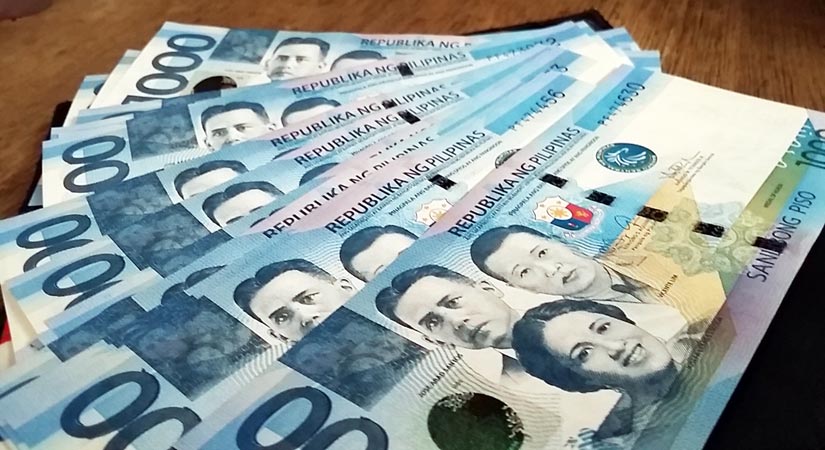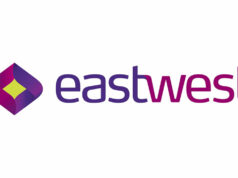
THE PESO strengthened versus the greenback on Friday as central bank data showed more foreign funds entered than left the country in May.
The local unit closed at P48.481 per dollar on Friday, appreciating by 25.4 centavos from its P48.735 finish on Thursday, data from the Bankers Association of the Philippines showed.
Week on week, however, it weakened by 5.1 centavos from its P48.43 per dollar finish on June 18.
The peso opened Friday’s session at P48.65 versus the dollar. Its weakest showing was at P48.66, while its intraday best was at P48.45 against the greenback.
Dollars exchanged decreased to $985.2 million from $1.005 billion on Thursday.
The peso rose as data showed hot money yielded net inflow last month, Rizal Commercial Banking Corp. Chief Economist Michael L. Ricafort said in a text message.
Foreign portfolio investments posted a net inflow of $416.74 million in May, data released by the Bangko Sentral ng Pilipinas (BSP) on Friday showed. This is a turnaround from the $1.006-billion net outflow seen in the same month of 2020 as well as the net $373.95 million that left the country in April.
Meanwhile, a trader attributed the peso’s appreciation the central bank’s revised inflation forecasts.
“The peso appreciated after the BSP upwardly revised its inflation projections despite keeping policy rates unchanged,” the trader said in an email.
The BSP kept its key interest rate at a record low for a fifth straight meeting on Thursday, as it vowed to maintain an accommodative stance to support economic recovery.
The central bank left the rate on the overnight reverse repurchase facility at 2%, as widely expected by 14 of 16 analysts in a BusinessWorld poll last week.
Interest rates on the overnight deposit and lending facilities were also kept at 1.5% and 2.5%, respectively.
Meanwhile, the central bank raised the inflation outlook for this year to 4% from the previous forecast of 3.9%. This matches the upper end of the BSP’s 2-4% target.
If realized, this would be faster than the 2.6% logged in 2020.
On the other hand, inflation is expected to average 3% for 2022 and 2023. — LWTN



